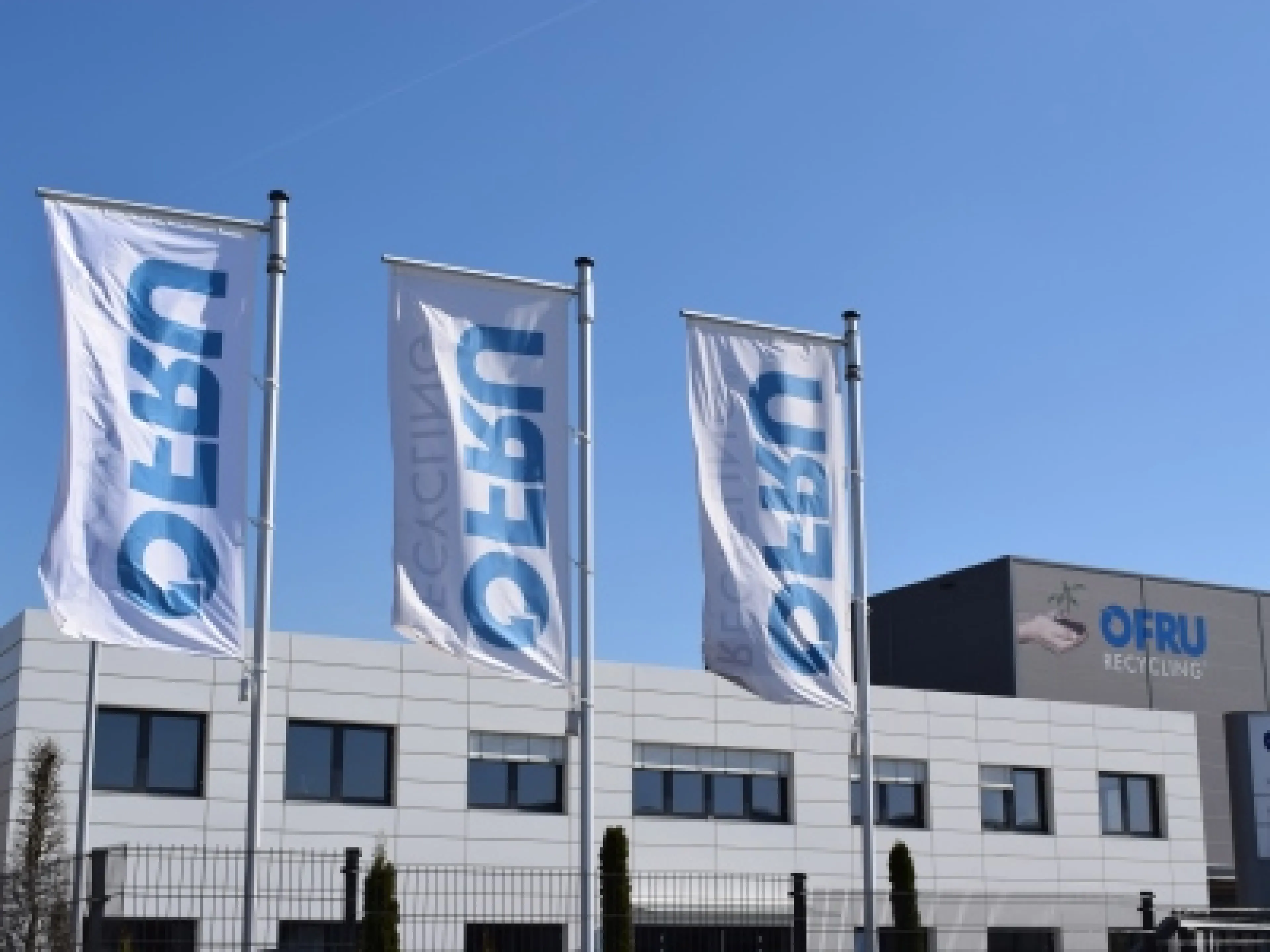
Pharmaceutical product counterfeiting is a reality, and for some even a life threatening one. According to a 2019 report from the Organisation for Economic Co-operation and Development “OECD ”, trade in fake goods is now 3.3% of world trade and rising. Africa is one of the biggest sufferers from counterfeiting and people are not only dying due to the lack of drugs, but also because counterfeits often have no active ingredients or contain poisonous substances.
After accepting this fact and complaining where humanity has gone, the next challenge is to find a villain. But as often the case for issues involving global players and society, responsibilities are shared, and it is impossible to blame a single actor. In a world driven by shareholder value, profit optimization, and short-term strategies, in a world where corporate wellbeing seems to be put above personal health, one could just say “Who Cares”. Fortunately, legislative efforts are being made throughout the world requiring the implementation of protective measurements against counterfeiting. This not only increases awareness, but also forces key players to think about effective ways to address the problem. Europe is driven by the Falsified Medicines Directive (FMD) 2011/62/EU , published February 9, 2016, and in force since February 2019. In the United States, the President signed the US Falsification Directive DCSA, part of the FDA's DQSA (Drug Quality Security Act) , in 2013 which is expected to be fully implemented by 2023.
Professional drug producers often build their business around the question “What is my corporate objective”. From my point of view, there is only one answer to this question: Produce drugs with profit. All other answers are extensions or miss the point. I know that this is not what most of us want to hear, but we have to face today’s reality. What does this mean with respect to product counterfeiting? Fake products and anti-counterfeiting programs in general have an adverse effect on business results. It is a headache for drug producers and there is no pill that can be taken to make it go away. Addressing the counterfeiting risk requires holistic thinking, implies many actors, and costs time and money. In addition, pharma companies must respect regulatory obligation and meet ethical and moral expectations.
What about banknotes
To tackle the challenge, let us have a look at banknotes. With up to 30 different security features, unique identification numbers, and a highly controlled supply chain, banknotes can be considered as physical products with one of the best protection approaches. Nevertheless, if we take for instance the Euro, the number of counterfeits detected annually per million genuine notes in circulation ranges between 25 and 65 for the years 2002 to 2019. This is a pretty small number, but the problem is that end users are often not capable to make the difference between genuine and counterfeited banknotes. To authenticate a banknote, an end-user must first be aware of the deployed security features and then know how to validate them. Central banks put a significant amount of time and effort into this. A study by Osamu Masuda revealed that non-experts are able to find 3.9 security features on average. This is a fairly low number which raises many questions considering the very high production cost of a banknote. All banknotes, current and past, also carry a unique identification number, or serial number. The purpose of this serial number is manifold and for quite some time it was believed that the number can be effectively used in the fight against counterfeiting. However, decades of banknote use and actively fighting against counterfeiting has shown that serial numbers are not at all as effective and useful as initially assumed. Today, serial numbers are not actively used as a security feature and it may be that we will see banknotes without them in the future.
So, is there anything useful we can learn from the banknote ecosystem and use it for the pharmaceutical domain? Here my take on it:
- Serialization and track and trace are not effective to fight counterfeiting
- Effective use of security features requires a significant amount of end user training
- Counterfeit versions of even highly protected products are produced, and users are seldom able to tell the difference
Economically speaking, it is impossible to protect pharmaceutical products the same way as banknotes. Furthermore, because there are hundreds of pharmaceutical companies, there is not one single counterfeit protection approach, as there is for banknotes. For instance, take a 1$ bill. This bill is known and used all over the world and has the same security features all over the world. For pharmaceutical products the situation is more complicated. Each pharma company decides independently how they want to protect their products may even use different packaging or anti counterfeit measures in different markets. This means that end-users would have to be trained on dozens of security features and to know which feature is on which packaging, a concept which is clearly not feasible. To illustrate the problem, let us just recall the case of a pharmaceutical product where the counterfeit had a hologram and the genuine not. A patient with a prescription would of course pick the packaging with the hologram, which in this case was the fake, what a dilemma.
A pragmatic solution
By now you should have realized that there is no holy grail and that it all comes down to a balanced compromise. From my point of view this means:
- Pharmaceutical companies, importers, and resellers must work together to build highly secure supply chains. These companies need to work with law enforcement, customs, and border protection.
- Protection of pharmaceutical products should be in the following manner:
o Tamper proof/single open packaging
o Invisible/covert security feature allowing the pharmaceutical companies to effectively monitor and control the supply chain
o Add UIDs (unique identifiers) because of legislative requirements
- Train users to buy only from trusted sellers.
The above measures are not easy to put in place. In particular, securing the supply chain is complex due to its interdisciplinary nature, but the approach has proven to be effective. For instance, in Switzerland counterfeiting of pharmaceutical products is not a topic of concern and patients buy products through a very well controlled network of pharmacies.
Security through obscurity
Adding an invisible security feature has multiple advantages and it is also interesting to note that for banknotes, central banks heavily rely on invisible security features to identify counterfeits. Using covert security features for pharmaceutical products means:
- No impact on product branding
- No approval of design changes when introducing the security feature
- Security features can be switched, removed, added without much hassle
- Counterfeiters are usually not aware of invisible security features and are therefore less likely to attack/copy/counterfeit them. This is called security through obscurity. At AlpVision we have been doing this for 20 years and never had a single counterfeit.
- No lock-in. A visible security feature on a product is difficult to remove later (for instance if it has been counterfeited) as end-users will become suspicious. This does not happen with covert security features.
- Covert security feature can be put everywhere on the packaging, making it very robust. Even worn and torn packages can be analyzed.
There are many covert security features on the market. However only a few are well adapted for pharmaceutical products. Those features need to be:
- Suitable for very high volumes
- Easy to deploy and implement
- High stability during production
- Low logistic complexity
- Easy product authentication
The Cryptoglyph, invented by the Swiss company AlpVision in 2001, has become the de-facto standard for covert security features on large volume products. The Cryptoglyph belongs to the group of digital security features, which means that it can be considered as part of the artwork and does not require any specific consumable, such as special ink. Authentication is performed using regular smartphones and a dedicated application.
Who Cares
The purpose of this small article was not to indoctrinate the reader, but rather highlight the complexity of the subject and initiate a thinking process. My experience taught me that the pharmaceutical domain is very heterogenous and no two companies are alike. Custom solutions for business activities are the rule and strategic decisions are often taken under the influence of internal political agendas and power plays between employees. I am therefore convinced that for an effective and efficient strategy with respect to anti-counterfeiting, pharmaceutical companies should put in place an internal, independent task force, with budget, human resources, and the power to decide and implement. It will not only make the world a better, but a more authentic place.
Guest article by Dr. Martin Kutter
Sources:
- https://www.oecd.org/governance/risk/trends-in-trade-in-counterfeit-and-pirated-goods-g2g9f533-en.htm
- https://eur-lex.europa.eu/LexUriServ/LexUriServ.do?uri=OJ:L:2011:174:0074:0087:EN:PDF
- https://www.fda.gov/drugs/drug-supply-chain-integrity/drug-supply-chain-security-act-dscsa
- Osamu Masuda1, Marius Pedersen1, Jon Y. Hardeberg, “Effects of awareness to security features on the confidence in banknotes", Journal of Print and Media Technology Research 060 | 1441
- https://allafrica.com/stories/201107261729.html









